Zygo Solo vs H2O Audio Tri Multi-Sport
Which of these two water-oriented headphones is better, or, at least, better for you?
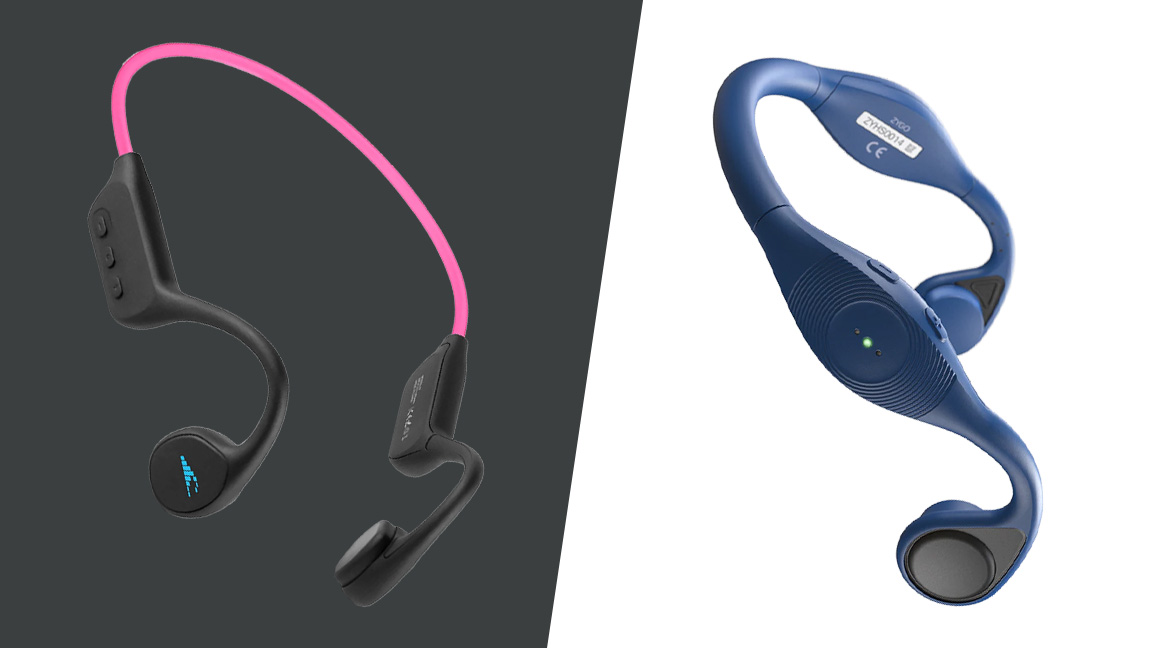
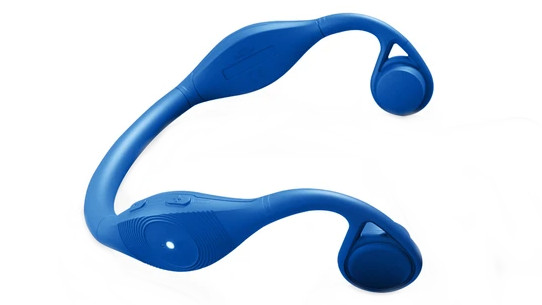
The Zygo Solo is the only pair of swimming headphones that can stream content from a phone when you’re underwater.
For
- Streams content underwater
- App with tips and workouts
- Easy to set up
- Excellent sound
- FM transmitter works as a walkie talkie
Against
- Requires a lot of gear
- Works best with earplugs
- Headset has no buttons
- Charging case has no battery
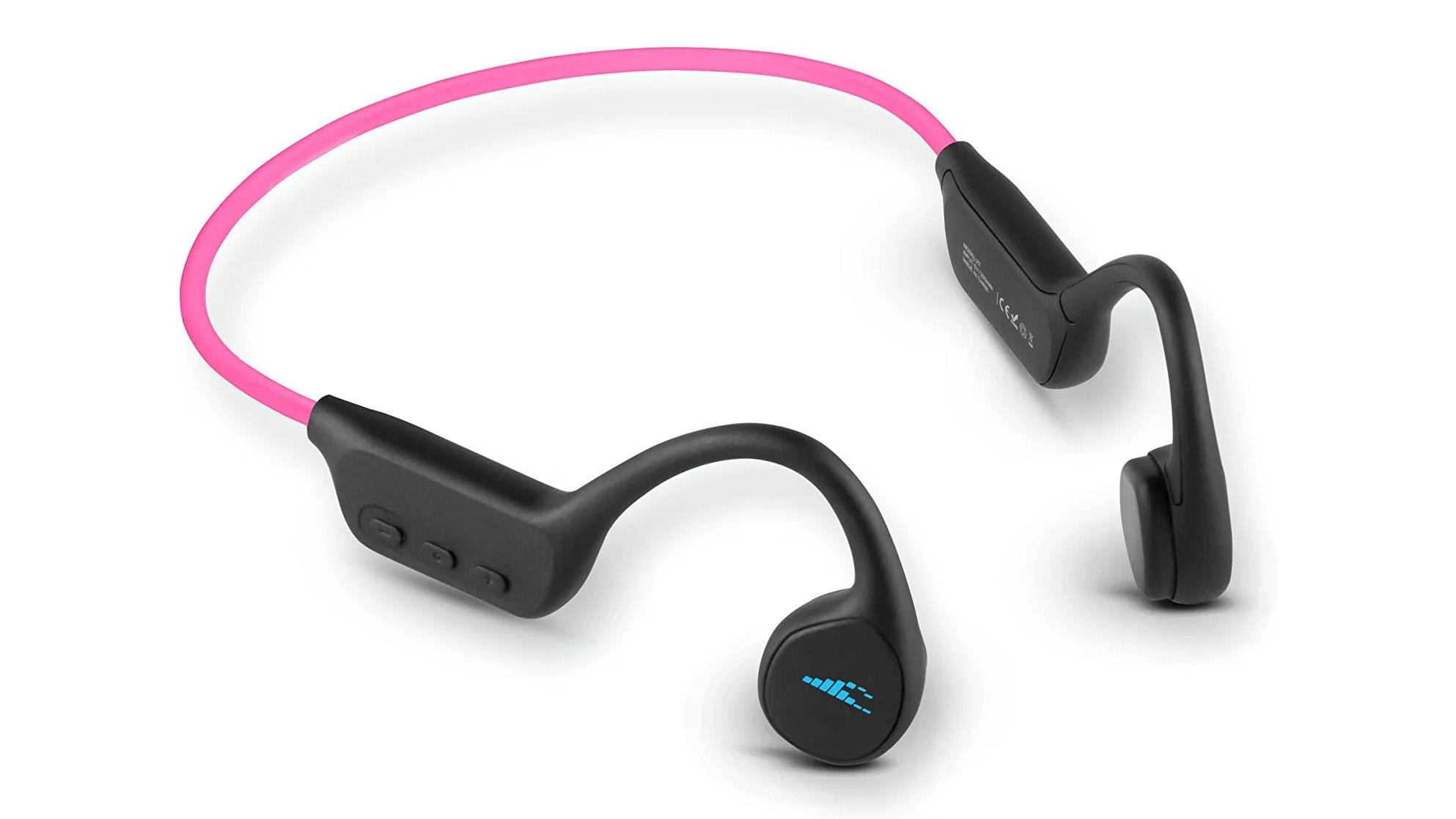
The H2O Audio Tri Multi-Sport give you the option of listening to whatever you’ve downloaded onto its 8GB flash memory or streaming directly from your phone via Bluetooth.
For
- Bluetooth and 8GB flash memory
- Overall great sound quality
- Highest waterproof rating
Against
- Main button controls a lot
- Uses proprietary cord
- Music a little too bass-y underwater
The Zygo Solo and H2O Audio Tri Multi-Sport are both excellent headphones for the water. They both have a waterproof IP rating, make use of bone conduction technology, and come with different types of connectivity that function well in the water.
While they share plenty of similarities and are both better picks than a standard pair of earbuds, even waterproof ones, the Zygo Solo and H2O Audio Tri Multi-Sport are very different products in more ways than one. While they’re both among the best waterproof headphones out there, one will most likely be a better fit than the other.
If you want to go more in-depth on either product, we’ve reviewed both the Zygo Solo and H2O Audio Tri Multi-Sport and given them both a 4-and-a-half rating, which is pretty difficult to achieve and is about as close to a perfect score that any waterproof headphones have gotten. This may be a little bit of a spoiler alert but no matter which one you choose, you’ll end up with something excellent for the pool, beach, or any water activities you want sound or music for.
That said, we think taking these two and putting them head-to-head is important because they’re pretty different. And, one will most assuredly be the better fit for your needs.
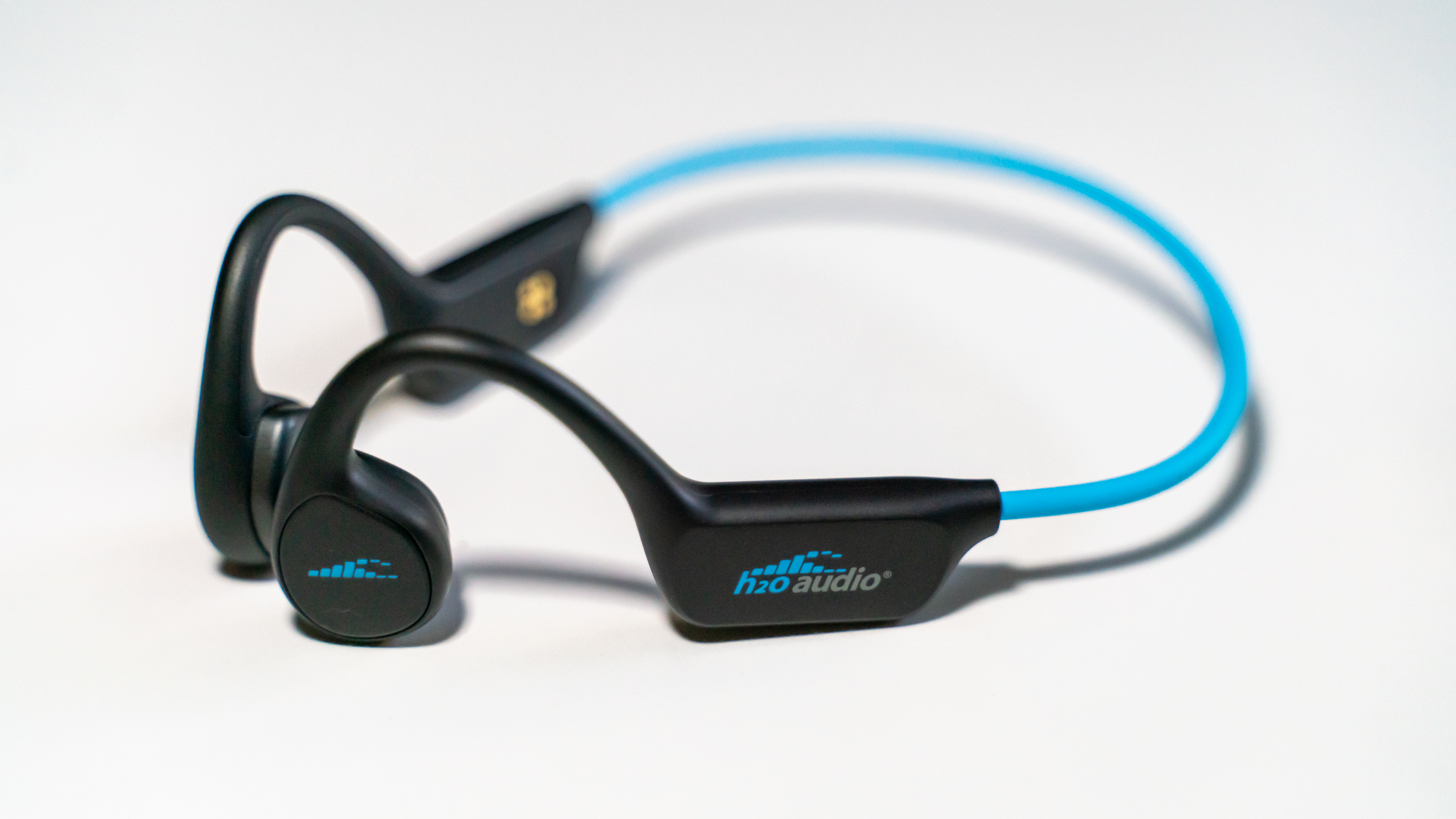
Zygo Solo and H2O Audio Tri Multi-Sport: price & availability
- H2O Audio Tri Multi-Sport is half the price and available in Australia
- Zygo offers a Peloton-like subscription for water-based workouts
First and foremost, any Australians reading this should know that the Zygo Solo is not available there. If you want a pair, you’re going to have to smuggle it in the way a certain former celebrity couple tried to smuggle in their dogs. However, those in the US and UK should have nothing to worry about when ordering. The H2O Audio Tri Multi-Sport then already has a leg up, at least for those living in the South Pacific as it’s available in the US, UK, and Australia.
Just looking at the price, the H2O Audio looks like the better deal. And, while it is certainly more affordable at $149.99 (£128.00, AU$225.00), which is about half of the Zygo Solo’s price tag of $299.00 / £218.00 (about AU$400.00), there’s a bit more going on here.
As we’ll dig into further in this article, the Zygo Solo does two things that no other waterproof or bone conduction headphones do. The first is its marquee feature. The Zygo Solo uses an FM transmitter so that you can still use your streaming service like Spotify to listen to music or podcasts. Bluetooth doesn’t work very well in the water so you’re typically limited to using an MP3 player that’s either built into the headphones as they are with the Tri Multi-Sport or that you have to buy separately and somehow keep on you while you’re in the water. That also means that you have to get MP3s and transfer them before swimming.
The other feature is similar to Peloton and other workout subscriptions. The Zygo All Access Monthly Plan costs $14.99 / £12.99 (about AU$20) per month and gives you access to several swim-related workouts that can help you become a better swimmer or get in shape while in the water.
While those are both unique features that set the Zygo Solo apart, we think the H2) Audio Tri Multi-Sport is still a slightly better value. It comes with an MP3 player built-in already and costs half of what the Zygo Solo costs. And, though you can’t use it in the water, the Tri Multi-Sport also has Bluetooth connectivity.
- Winner: H2O Audio Tri Multi-Sport
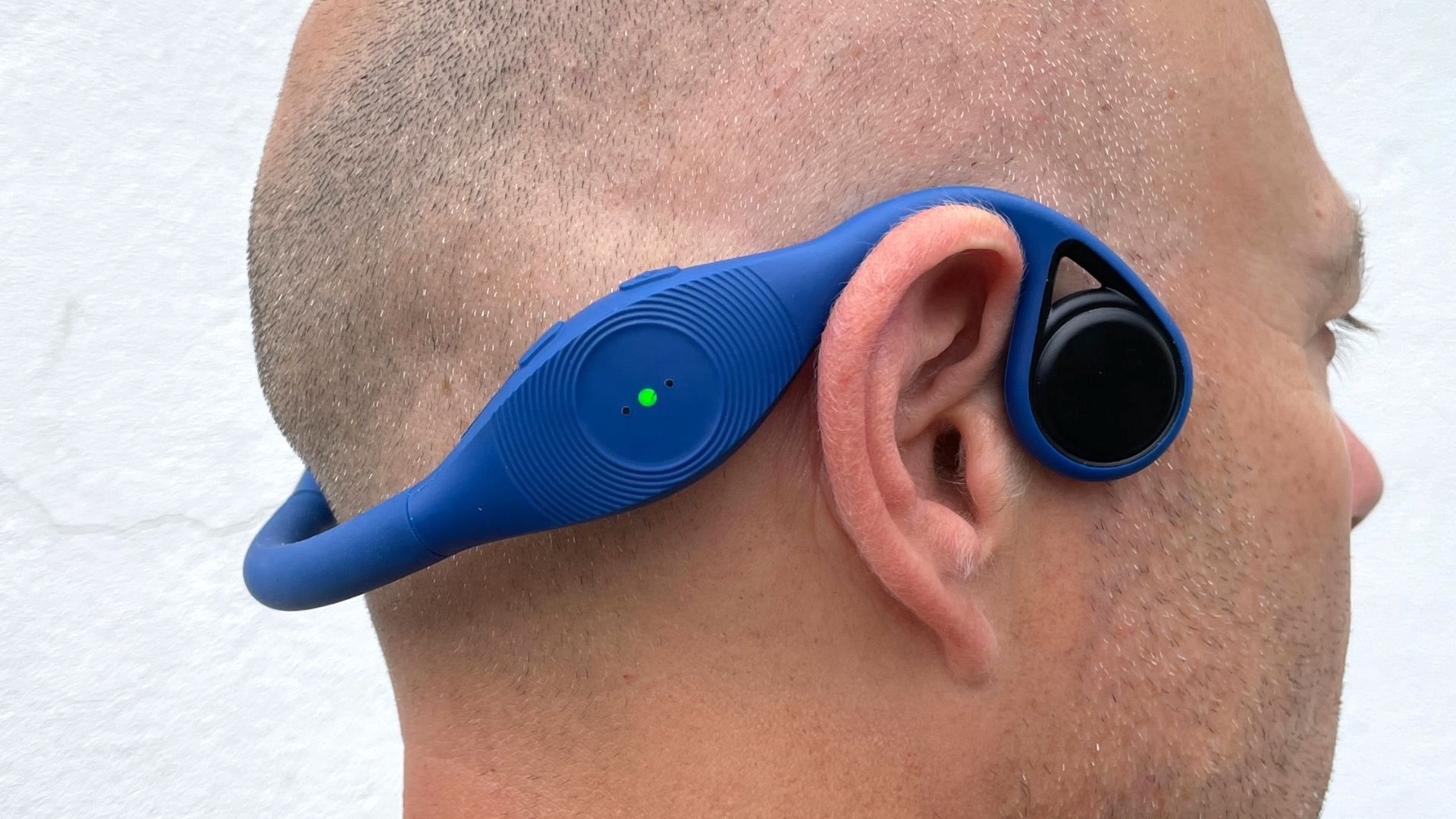
Zygo Solo and H2O Audio Tri Multi-Sport: design
- Zygo Solo uses an FM transmitter to stream but requires extra equipment
- H2O Audio Tri Multi-Sport is simpler with MP3 player but requires planning
As the Zygo Solo and H2O Audio Tri Multi-Sport are both bone conduction headphones, they share a similar design. Both have bone conduction sensors that rest on the upper cheeks connected to a headband that loops over the ear and behind the head, using some appropriate clamping force to stay in place. Since the ears aren’t covered at all as is the case with bone conduction headphones, both headphones come with earplugs to use so that the sound quality doesn’t change when you’re going in and out of the water.
However, they don’t look the same. The H2O Audio Tri Multi-Sport does include an 8GB MP3 player and still weighs just 33 grams while the Zygo Solo instead opts for a built-in FM receiver so it has a bulkier body and weighs 66 grams.
Additionally, the Zygo Solo requires some extra equipment. Since you’re streaming audio to them, you need to bring your phone or audio source as well as the included FM transmitter to beam audio to the Solo. With the H2O headphones, you don’t have to deal with carrying extra equipment, which can be a big worry if you plan on using one of these in a public space.
Instead, the H2O Audio Tri Multi-Sport’s built-in MP3 player lets you carry a lot of music with you. Its 8 GB of space translates to about 1500 to 2000 songs. Of course, you do have to spend extra time before going anywhere plugging the Tri Multi-Sport into your computer and porting over MP3s (which also means you have to buy the songs you want if you don’t have them).
While both methods of connectivity come with their issues or sources of concern, the H2O Audio headphones do offer Bluetooth. Now, Bluetooth doesn’t work very well in the water which is why you can’t just grab whatever earbuds you have before going to the pool. But, Bluetooth connectivity means that when using the Tri Multi-Sport for some other activity such as biking or running, you can switch to Bluetooth to expand your listening options. That does make the H2O Tri Multi-Sport more versatile.
Of course, the Zygo Solo does have its ace in the form of that monthly subscription. Yes, it’s an extra monthly cost on top of an already premium price tag. But, if you’re looking for some motivation or another tool to maximize your time in the water, it’s something that you won’t find with other headphones.
- Winner: Tie
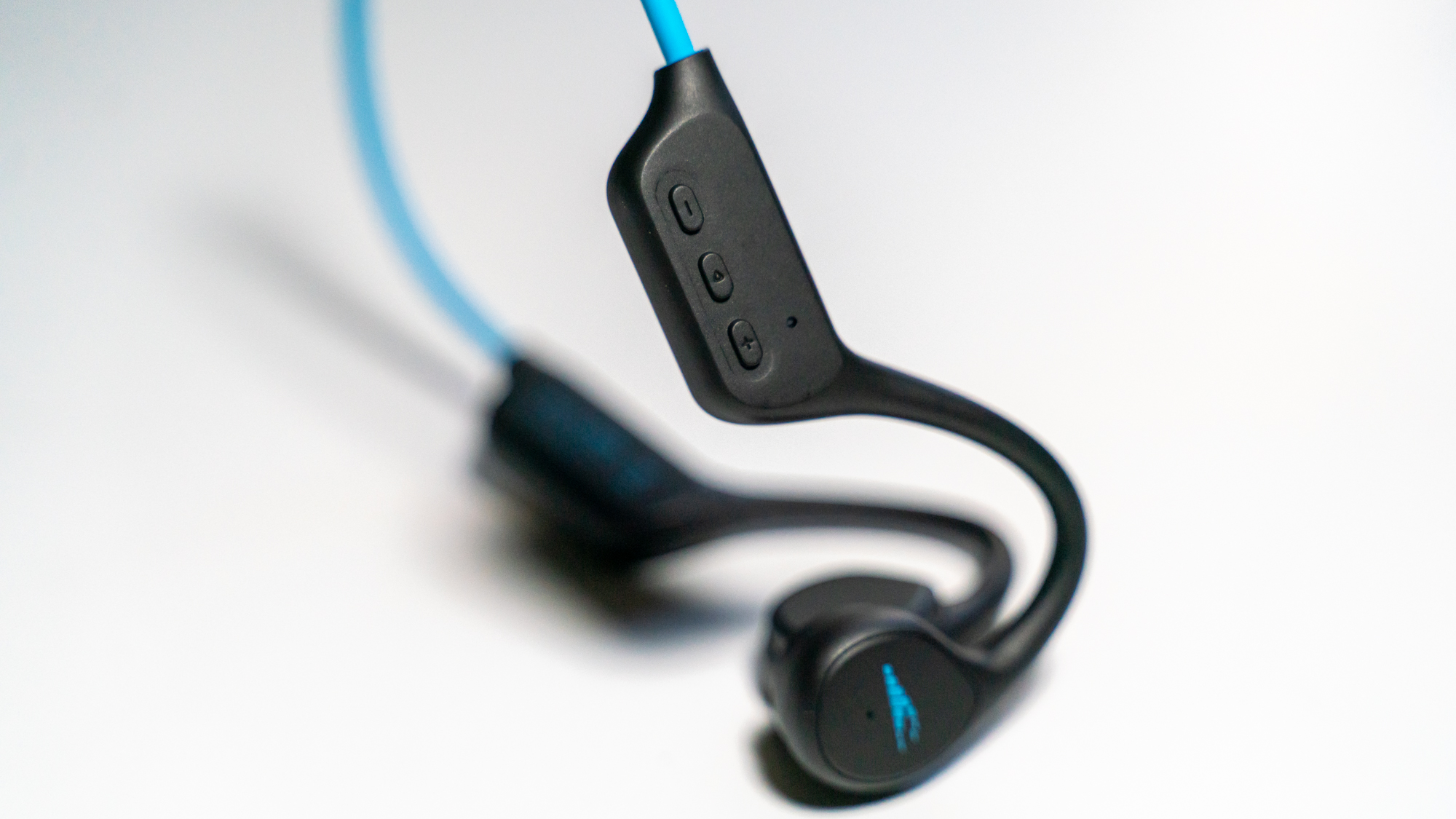
Zygo Solo and H2O Audio Tri Multi-Sport: performance
- Zygo Solo provides slightly better sound quality
- Both headphones come with tricky controls
When it comes to sound quality, there are a few caveats to note with bone conduction headphones. As nothing is going in your ear to reproduce the sound, using them outside of the water can be underwhelming. They’re thin with little bass. And, this is the case for just about every pair of bone conduction headphones. After all, the sound is transmitted through your bones.
However, once you plug your ears, either by submerging them in water or using the included earplugs, the sound quality transforms. Under these conditions, the Zygo Solo sounds very good. It’s full with plenty of bass. The H2O Audio Tri Multi-Sport similarly transforms. However, it does have a little too much bass in these conditions.
When it comes to onboard controls, the Zygo Solo ends up being the weaker of the two headphones. If you consider the technology it’s using, there’s no way around that. The Solo only comes with a volume and down, and controls for play/pause or skip track are on the FM transmitter that will most likely be sitting next to your phone and far away from you. So, while you can stream your music, unlike the Tri Multi-Sport, you need to have a playlist queued up before you go in the water. Otherwise, you’ll have to get out of the water to navigate your phone to play new material.
While the H2O Audio Tri Multi-Sport comes with three buttons that give you plenty of control on the headphones themselves including even turning on a shuffle mode, the buttons are small and a bit finicky, not always registering presses. That’s a problem when your hands are too wet to try adjusting anything on your phone.
- Winner: Zygo Solo (by a hair)
Zygo Solo and H2O Audio Tri Multi-Sport: which is right for you?
Neither the Zygo Solo and H2O Audio Tri Multi-Sport are better than the other. They are both excellent options for the water and are the more ideal choice depending on your own criteria.
The Zygo Solo does have a slight objective advantage in sound quality. However, for everything else, it’s entirely subjective. You don’t have to preload anything to use. You can just plug in the transmitter, pick your music and go. You also have access, for an extra fee of course, to a bunch of water-related workouts. As we mentioned, there are some cons as well, most notably the fact that you’re going to have to bring your phone or audio source as well as the FM transmitter, both of which can be stolen if you’re in a public space.
The H2O Audio Tri Multi-Sport is much cheaper (and available in Australia). You don’t have to bring any extra equipment as you can load any music you want directly onto the built-in MP3 player. That does mean you have to get MP3s and will have to forgo using streaming services like Spotify when in the water, which is the Zygo Solo’s main attraction. It also should be noted that the H2O Audio Tri Multi-Sport is the better option if you’re planning on using it for land-based workouts as well since it also comes with Bluetooth.
In essence, if streaming is a priority, then the Zygo Solo is the way to go. If you’re on a budget or want to get in the water without carrying a phone and FM transmitter, not to mention are ok with MP3s, the H2O Audio Tri Multi-Sport is the more ideal choice.
Get daily insight, inspiration and deals in your inbox
Sign up for breaking news, reviews, opinion, top tech deals, and more.

James Holland loves checking out gadgets of all sorts, whether it's audio equipment, laptops, or vacuums (especially of the robot variety), and does so for a number of Future Publications including TechRadar, Top Ten Reviews, Homes & Gardens, and T3. He's built up an expertise for in-depth reviewing over the last four years. When he's not putting in the work on the latest tech, he loves to travel, play music, and eat questionable food.